Imagine you’ve ditched gluten for good, proud of handling celiac disease, only to find yourself doubled over with a stabbing pain on the right side of your belly. Not only is this common, but there’s a twist: research over the last decade keeps highlighting a sneaky connection between gallstones and celiac disease—a combo most folks never see coming. Your gut may be gluten-free, but what’s going on with your gallbladder?
Why Are Gallstones and Celiac Disease Linked?
The connection between gallstones and celiac disease might sound strange, but it’s no accident. With celiac disease, your immune system sees gluten as the enemy, and every crumb starts a war inside your small intestine. As the lining gets damaged, it can’t absorb nutrients or fats properly. Less well-known is how this messes with hormones and bile production—the key players that keep your digestive system humming.
So, what’s the gallbladder’s story here? This little organ stores bile, a greenish liquid made in the liver that helps break down fat. If your intestines are inflamed or not working, signaling between the gut and the gallbladder gets off track. A hormone called cholecystokinin (CCK) usually tells the gallbladder to squeeze and release bile after you eat, especially after a meal with fat. In untreated celiac disease, CCK production plummets. That means gallbladder contractions slow way down, bile sits around, and—instead of flowing steadily—it stays put, allowing the cholesterol and pigments in bile to clump up and turn into gallstones.
This isn’t just theory. Studies out of the UK and Sweden have found that people with celiac disease—especially adults diagnosed later in life—are up to twice as likely to develop gallstones. And it’s not just a UK thing. Reports from gastroenterology journals worldwide back this up. Kids with undiagnosed celiac, or adults who ignore gluten slip-ups, often show sluggish gallbladders during scans.
Recognizing the Warning Signs and Overlapping Symptoms
Here’s where things get tricky. Celiac disease and gallstones can both make your gut miserable, but the pain isn’t always obvious. Think about it: stomach cramps, bloating, nausea, weird bowel movements—these could point to either one. People often chalk up a bad tummy day to celiac, stress, or that sketchy takeaway from last night—without realizing their gallbladder might be waving a red flag.
Classic gallstone attacks usually come on strong after a fatty meal (think fish and chips or curry): a sudden, sharp pain in the upper right abdomen, sometimes radiating to your back or right shoulder. Nausea and vomiting often follow. The pain can last from minutes to hours. Celiac flares can bring unpredictable bowel trouble, but aren’t usually tied to the same kind of stabbing upper-right pain.
Some folks with celiac disease get vague symptoms: low energy, pale poop, or oily stools (steatorrhea)—not always dramatic, but signs of poor fat absorption. If you notice these along with a new or more severe pain, talk to your doctor about gallstones. If a stone gets stuck, you could turn yellow (jaundice) or develop a fever—both urgent red flags. Don’t wait those out.
Common Overlapping Symptoms Table
| Symptom | Celiac Disease | Gallstones |
|---|---|---|
| Bloating | ✓ | ✓ |
| Right upper belly pain | Rare | ✓ |
| Nausea/vomiting | ✓ | ✓ |
| Pale or oily stools | ✓ | Sometimes |
| Jaundice | No | ✓ (if blocked) |
| Low appetite | ✓ | Sometimes |
| Back or shoulder pain | No | ✓ |
Doctors sometimes even miss gallstones in celiac patients, especially if you’re young or otherwise healthy. Scans like ultrasound can usually spot gallstones or a sluggish gallbladder, but might not get ordered if everyone blames celiac.

What Science and Statistics Tell Us
You might be wondering just how often these two conditions overlap. A 2023 study in the European Journal of Gastroenterology looked at more than 20,000 people with celiac disease and discovered about 17% had gallstone problems within a decade of diagnosis. That’s a solid jump over the 9% rate in the general population. Another study from King’s College London found that among celiac patients with persistent stomach pain despite going gluten-free, nearly one-third were living with either gallstones or sluggish gallbladders.
So, what’s making this link stronger in some than others? Here's the science:
- Severity and Duration: The longer and worse your intestinal damage before getting diagnosed with celiac, the higher your risk for gallstones. If you start a gluten-free diet young, your risk drops.
- Gender: Women—especially those over 40 and with multiple pregnancies—are prime candidates for both gallstones and celiac, likely due to hormonal and genetic differences.
- Family History: If someone in your family battles both gallstones and celiac, your odds are higher.
- Other Triggers: Obesity, rapid weight loss, and fatty diets are linked to gallstones in general. Add celiac into the mix, and the gallbladder can hardly keep up.
Surprisingly, there’s also evidence that some people develop gallbladder issues even after getting strict on a gluten-free diet—probably because the gallbladder got sluggish before going gluten-free, and takes months or years to recover. Some folks never regain normal gallbladder function, especially if they started treatment later in life.
In the UK, gallstones send about 60,000 people to hospital each year. Celiac disease is now thought to affect 1 in every 100 people, with many going undiagnosed until adulthood. That’s a lot of overlap for something doctors rarely discuss together!
Managing and Preventing Gallstones if You Have Celiac Disease
Taming gallstones isn’t all doom and hospital gowns. There’s plenty you can do, even if you’re already juggling labels on gluten-free food in the supermarket. Start by sticking with your gluten-free diet, no cheating. Healing your intestines will help the gut-bile signaling bounce back. But sometimes, that alone isn’t enough.
Keep your meals balanced—don’t load up on fatty foods just because you’re missing out on gluten. Big, greasy feasts put extra stress on the gallbladder, and while a bit of good fat is healthy, moderation is your friend. If you’re tempted to try a low-fat crash diet to "detox," don’t. Losing weight too fast can kick off gallstone formation. Go steady and slow, and aim for fiber-rich foods like veggies, whole (gluten-free!) grains, beans, and fruit.
- Get checked regularly: If your symptoms don’t vanish after going gluten-free, or you get sudden sharp pain, push for an ultrasound or liver function blood tests. Don’t let your doctor blame every tummy ache on celiac.
- Watch your medications: Certain meds, especially those containing estrogen (like birth control), can increase gallstone risk. Talk to your doctor if you’re concerned.
- Stay hydrated: Water helps keep bile fluid, making stones less likely to form.
- Listen to your body: Trusted routines matter. A sudden change in appetite, color of stools, or energy level can all be clues that your gallbladder is struggling.
- Simple movement: Gentle exercise, like daily walks with your dog (or cat, though good luck with Nimbus, my cat won’t wear the harness), can boost digestion and gallbladder health.
If you do end up with troublesome gallstones, don’t panic. Keyhole surgery to remove the gallbladder is common and safe in the UK (over 70,000 gallbladders come out every year here). Life goes on perfectly well without one, though managing a gluten-free diet alongside fat digestion can take some trial and error. Enzyme supplements may help in the months after surgery, but most people adapt.
Remember, you’re not alone in the gluten-free club or the gallstone gang. Online communities, dietitians, and gastroenterology clinics have lots of tips that go beyond stale medical brochures. And if, like me, you need an extra reminder, look to your pets—Nimbus meows like mad if my food smells off. Trust your gut and advocate for every ache—you know your body best.

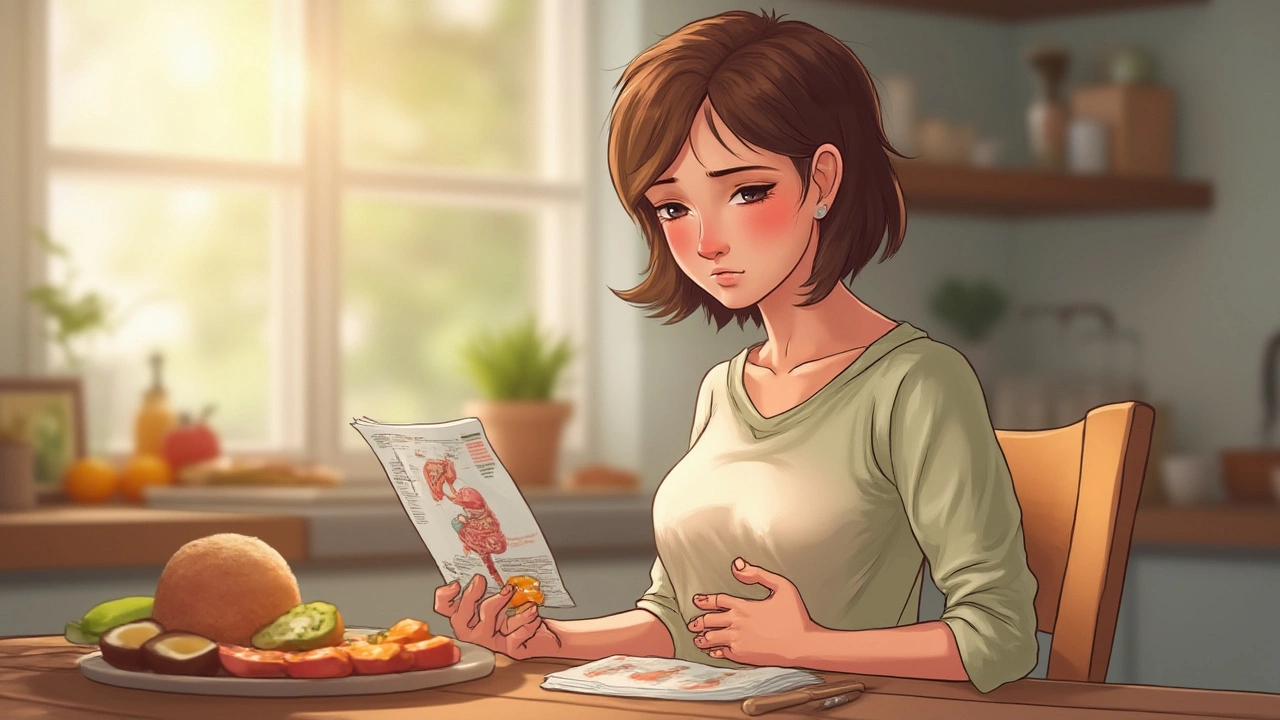

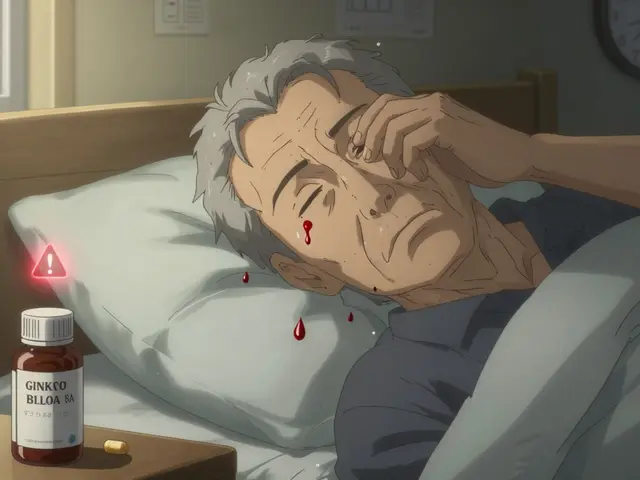
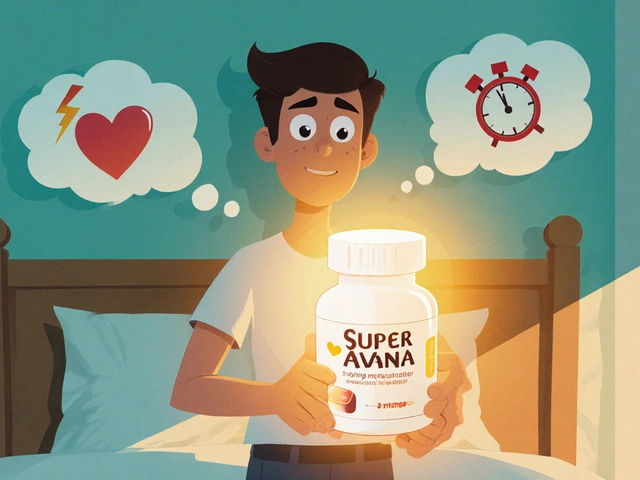
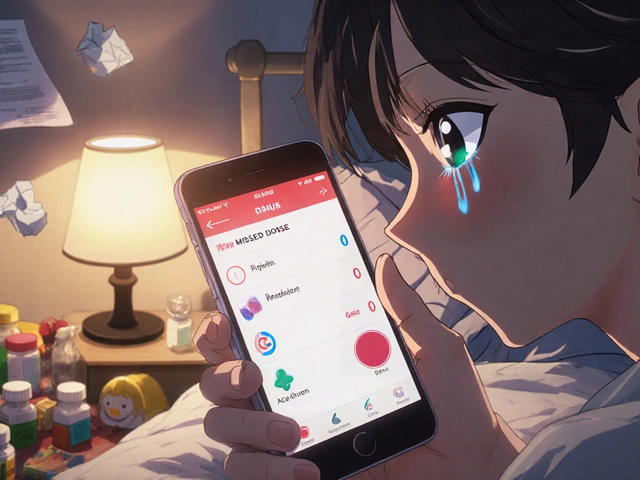
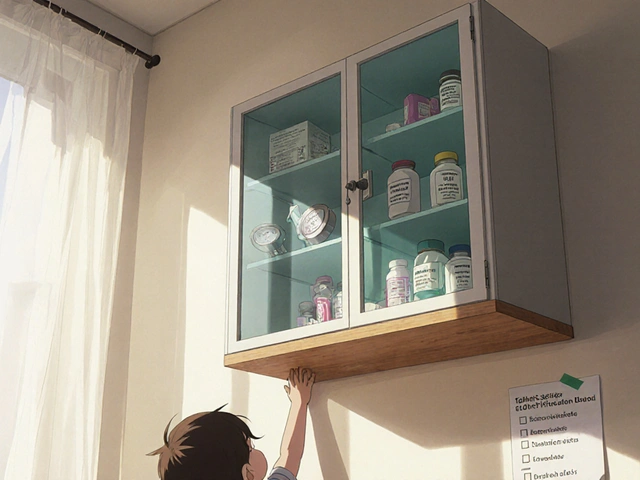
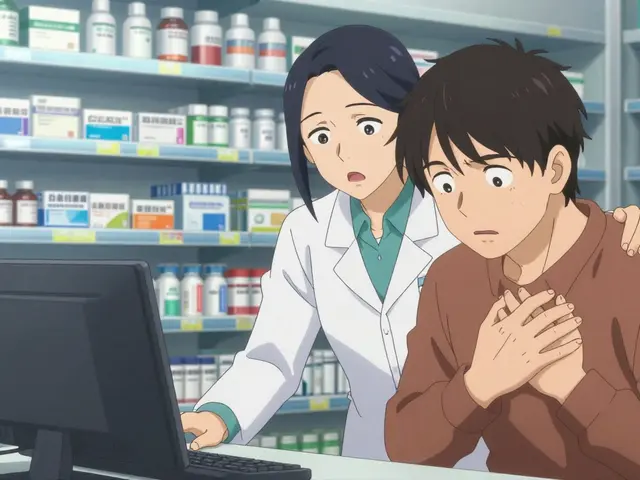
Dan Burbank
July 10, 2025 AT 01:12Ah, gallstones and celiac disease—an absolutely riveting intersection of gastroenterological enigmas that, I dare say, deserves more than just cursory consideration.
The biochemical cascade precipitated by gluten intolerance disrupts bile salt metabolism profoundly, increasing lithogenic risk. Quite frankly, had more clinicians grasped these intricate pathophysiological nuances, many patients might have avoided vexing diagnostic odysseys.
Still, I appreciate the post's attempt at shedding light on this complex linkage, albeit it's a condensed exposition. The clinical implications alone warrant extended dialogue, wouldn't you agree?
I'm curious: how do others perceive the interplay between autoimmune triggers and gallstone formation in celiac cohorts?
Calandra Harris
July 10, 2025 AT 02:02Interesting post but let’s be real here people, knowing the link is great but practically, how much are we ACTUALLY doing differently for these patients?
It’s not enough to just talk about it, we need actionable tips that don’t sound like fluff. Those symptoms can be subtle and often ignored, and many docs miss the mark.
It’s about time we push harder for proper screening protocols specifically tailored for celiac peeps who are at risk of gallstones. Otherwise, what’s the point? We’re just recycling info.
Anyone else frustrated with how this info is handled in mainstream healthcare?
Rex Wang
July 10, 2025 AT 03:19I actually found this quite helpful; it’s concise but covers some essentials.
It's true, symptoms can overlap, like abdominal pain or nausea, which might make diagnosis tricky in celiac patients.
From my experience, staying vigilant with regular checkups and communicating openly with your healthcare provider really helps manage both conditions effectively.
Does anyone here combine dietary management with any specific gallstone prevention techniques?
Barry Singleton
July 10, 2025 AT 04:19The nuanced pathophysiology is often overlooked, yet gallstone formation in celiac disease is a multifactorial conundrum involving cholecystokinin dysregulation and bile supersaturation.
This article lightly touches on these, but what I’d like to see are robust datasets correlating gluten exposure levels and lithogenesis rates.
In my opinion, without granular epidemiological analysis, the relationship remains speculative at best.
Who else here thinks we need stronger evidence before concluding causation?
Javier Garcia
July 10, 2025 AT 05:19What I'm wondering is: are there specific gallstone symptoms unique to celiac patients that differentiate from the general population? Or is it just a higher likelihood but similar symptoms?
Knowing this could help with earlier detection. Also, how important is adhering strictly to the gluten-free diet in reducing gallstone risk?
Anyone here with firsthand experience or professional insight?
Calandra Harris
July 10, 2025 AT 06:19Oh, for sure, symptoms might not differ dramatically but ignoring that heightened risk in celiac sufferers is negligent.
The entire emphasis should be on risk stratification, screening, and proactive gallbladder monitoring.
Diet adherence is crucial, no doubt but it’s only part of the equation.
Sonia Michelle
July 10, 2025 AT 07:19I really appreciate the balanced view here. While the link between celiac disease and gallstone risk is a fascinating medical phenomenon, we must remember the human element.
The worry about gallstones adds a layer of anxiety for many living with celiac disease, and so practical tips like symptom awareness and regular check-ins are vital.
Also, support systems and patient education to empower individuals to manage risks confidently can’t be overstated.
James Lee
July 10, 2025 AT 08:19Eh, I think all this talk about risk and management is a bit overstated. Yeah, celiac disease has its complications, but gallstones aren't exactly some rare exotic outcome.
You want to stay vigilant? Fine. But let’s not panic people into thinking every stomach ache could be a gallbladder catastrophe.
Maybe the post should have focused more on simple lifestyle choices instead of hypothetical dread?
KIRAN nadarla
July 10, 2025 AT 09:19While I appreciate the skepticism, dismissing risk factors as mere conjecture lacks scientific rigor.
The pathogenesis in celiac disease patients involves complex biochemical pathways that are clinically significant and should not be trivialized.
Accurate and precise language must be used to avoid misinformation, especially in medical discourse.
Quality data must guide patient care.
Badal Patel
July 10, 2025 AT 10:19Honestly, this whole controversy is a dramatic overreaction.
Gallstones are common, celiac disease is common; statistically they will coincide sometimes. Overanalyzing the connection without robust longitudinal studies is premature, bordering on speculative pseudoscience.
I urge caution in sensationalizing such associations.
More high-quality research is vital before reshaping clinical recommendations.
Sonia Michelle
July 10, 2025 AT 11:19Respectfully, it’s understandable to call for more research, but dismissing patient experiences because of lacking data can be harmful.
Balancing caution with empathy and proactive care should be our collective aim.
Education is key to empowering individuals to navigate their health journeys effectively.
Rex Wang
July 10, 2025 AT 12:19Jumping in here—as someone who’s seen family members with celiac disease struggle with nonspecific symptoms, I think awareness around gallstones is a helpful addition.
It doesn't have to be doom and gloom, but knowing what signs to watch for can make a big difference in catching problems early.
Ultimately, managing celiac disease well seems to improve overall outcomes, gallbladder issues included.
Javier Garcia
July 10, 2025 AT 13:19Does anyone know if doctors commonly screen celiac patients for gallstones, or is it still mostly under the radar?
I feel like this could be a missed opportunity for earlier intervention, especially since symptoms overlap with other GI issues.
Would appreciate any insights from healthcare professionals.
Sonia Michelle
July 10, 2025 AT 14:19From what I understand, routine gallstone screening in celiac patients isn’t standard practice yet, but it’s gaining attention.
Physicians might order ultrasounds if symptoms suggest gallbladder problems, but a proactive approach is something the medical community should consider more widely.
Advocacy and research will hopefully shift those protocols over time.